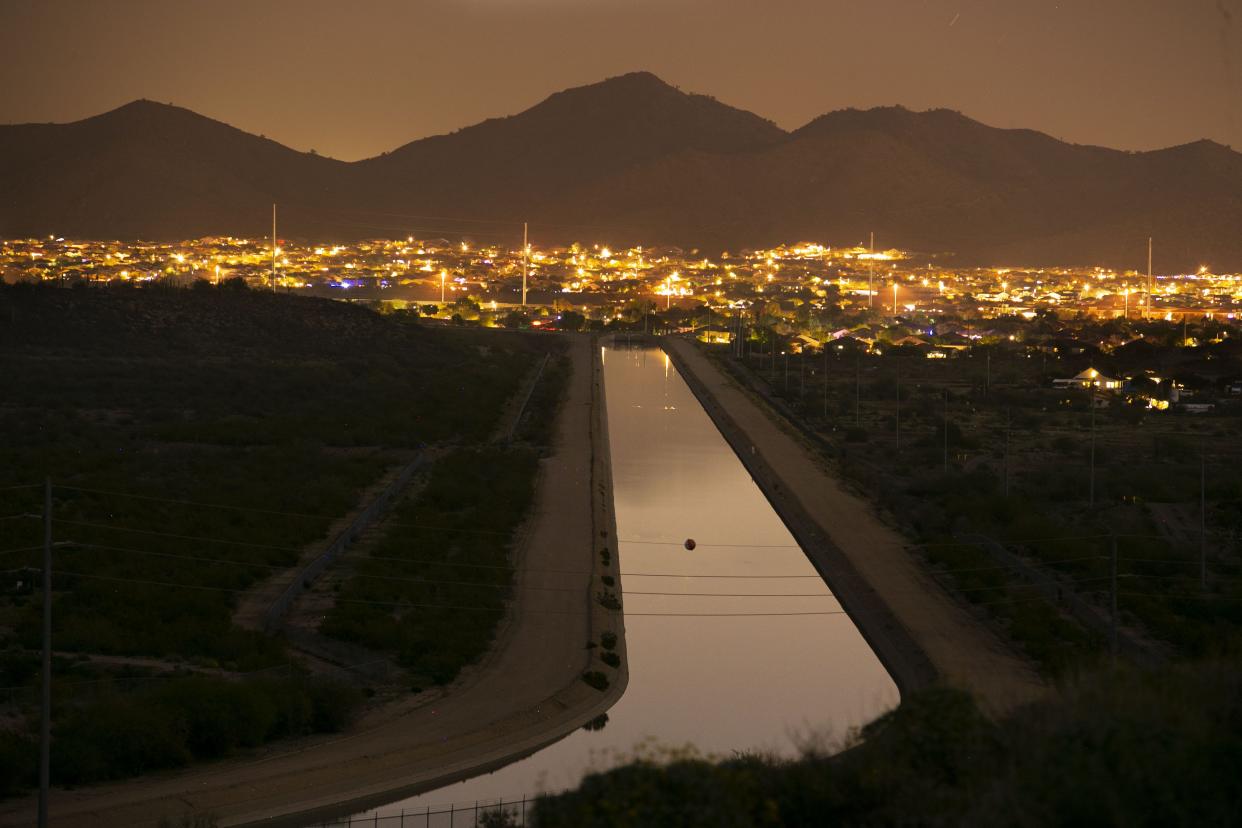Metro Phoenix has groundwater challenges. But that's no excuse to 'dumb down' the rules

Arizona continues to grow and prosper, not least because, for the most part, we have been good stewards of our water supplies.
One of the “tools” we use is the assured water supply requirements in the Groundwater Management Act that was passed and signed into law in 1980.
Among other things, the act designates several “active management areas” (AMAs) in urban areas with pressures on water supply from expected growth.
The Phoenix AMA includes greater Phoenix and surrounding areas in Maricopa County.
Our groundwater law protects consumers
On June 1, Gov. Katie Hobbs and the Arizona Department of Water Resources released a groundwater model report for the Phoenix AMA.
Such reports are issued every few years, among other things, to help water managers understand how much groundwater remains in the aquifers.
That groundwater, in addition to surface water in Arizona streams and rivers, effluent and the water available to Arizona from the Colorado River, constitute our water supplies today.
The Groundwater Management Act provides protection for consumers by assuring that in AMAs each new home in an approved subdivision, or within a city or town with a designation of assured water supply, has a 100-year renewable water supply.
This legal requirement has fostered economic development and increased property values in the Valley for decades.
Model raises issues, but there are options
The report issued by the Department of Water Resources, together with the accompanying projections, raises significant issues.
It finds that the groundwater in central Arizona is fully allocated during a 100-year span, which means no new subdivisions can be approved if they rely on groundwater.
Growth, therefore, can only occur in jurisdictions that can provide surface water or effluent from some source.
The good news is that there are available options.
For example, studies indicate we could collect more rain runoff in urban areas, we can treat and reuse more water once used, and there are modest gains to be had from conservation.
Moreover, in some instances, water can be purchased or leased from other water users, including Indian tribes and farmers.
Cities within the Salt River Project water district receive water that they can, in turn, treat and deliver to new developments within the water district with rights to such water.
Arizona already has high water standards
Furthermore, augmentation of supplies, such as through desalinization, will undoubtedly be part of our future, though the cost will be substantially more than the expense of water today.
So, while the findings in the Department of Water Resources report have alerted us to a serious problem, central Arizona will assuredly continue to prosper.
We must be smart about how we deal with the challenges.
Phoenix is concerned: About 'sensational' groundwater reporting
For example, in addition to the consumer protections, the designation of AMAs also entails development of management plans, which include conservation measures.
The assured water requirements help to replenish and extend the life of aquifers.
The implementation of the program helps cities plan for growth, manage future supplies and encourages the use of alternative renewable supplies.
Arizona has the highest water management standards in the nation, which is why this discussion regarding the model results and their implications is occurring.
We must not 'dumb down' the rules
Support for these water management tools has always been bipartisan. We are encouraged that we can continue to work together to stay ahead of water challenges before they become crises.
Yet, we urge vigilance.
Some have argued the response to the troubling news about our aquifers should be to simply reduce the standards, such as requiring only a 50-year assured supply for subdivisions.
We have been told others have actually proposed amending the law to allow development now with a promise of finding the necessary water later.
This is a recipe for disaster.
Arizona should not accept IOUs for water that may never materialize. As noted above, there are alternative ways to provide water for development — we don’t need to “dumb down” the legal requirement.
Reject any attempts to weaken the law
In addition to reducing the consumer protections and incentives for investment in Arizona, there are other consequences to weakening the assured water supply requirements.
Arizona has enjoyed an excellent reputation for good water management because of the historic Groundwater Management Act.
Our willingness to tackle supply problems has put us all in a good position in negotiations with the U.S. Department of the Interior and other states over reduced Colorado River supplies.
Moving backward at this point would damage our reputation and potentially damage our position in those negotiations.
The assured water supply program has served us well by assuring landowners are protected and enabling businesses to confidently invest in Arizona. We urge elected officials and stakeholders to reject attempts to weaken existing protections.
Jon Kyl is a former U.S. senator from Arizona. Bruce Babbitt is a former U.S. Secretary of the Interior and a former Arizona governor. Share your thoughts at brucebabbitt2000@yahoo.com.
This article originally appeared on Arizona Republic: Groundwater challenges are no excuse to 'dumb down' Arizona water law

